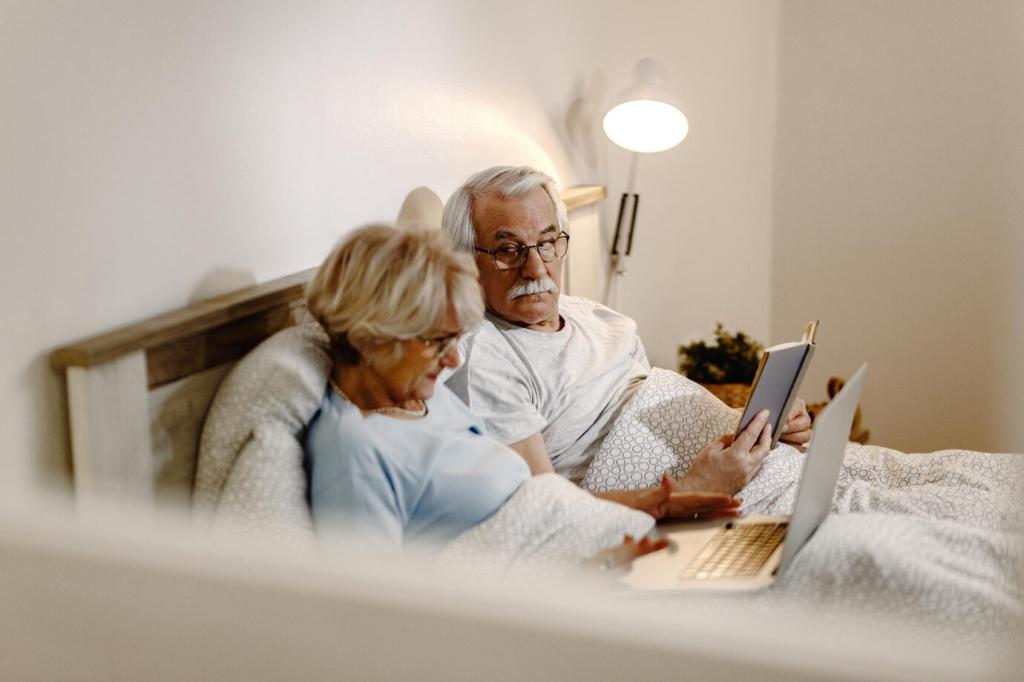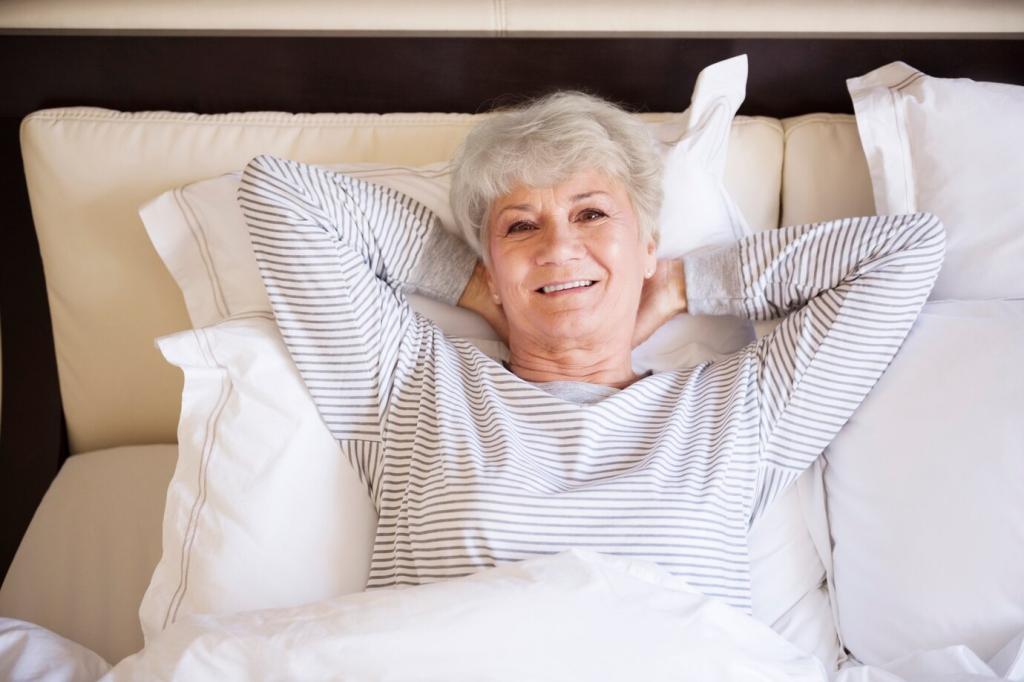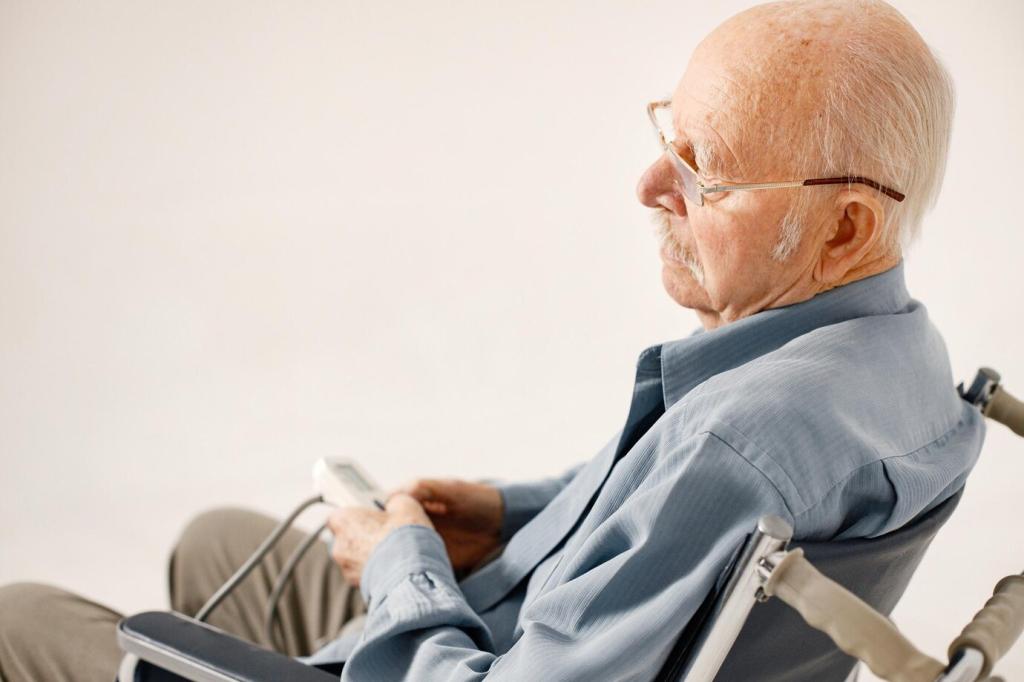Adjustable Beds and Nighttime Ergonomics
A modest head or leg elevation can support easier breathing and reduce swelling. Adjustable bases or wedge pillows allow nightly fine-tuning without wrestling heavy cushions or compromising spinal alignment.
Adjustable Beds and Nighttime Ergonomics
Look for solid edges, clear pathways, and firm mattress sides that resist collapse. Under-bed lighting and large, simple controls reduce nighttime disorientation and help you move with confidence in the dark.
Adjustable Beds and Nighttime Ergonomics
Choose breathable, soft linens and covers that glide without slipping too fast. Balanced friction reduces effort when repositioning, while smooth seams and rounded edges minimize skin irritation throughout the night.
Adjustable Beds and Nighttime Ergonomics
Lorem ipsum dolor sit amet, consectetur adipiscing elit. Ut elit tellus, luctus nec ullamcorper mattis, pulvinar dapibus leo.








